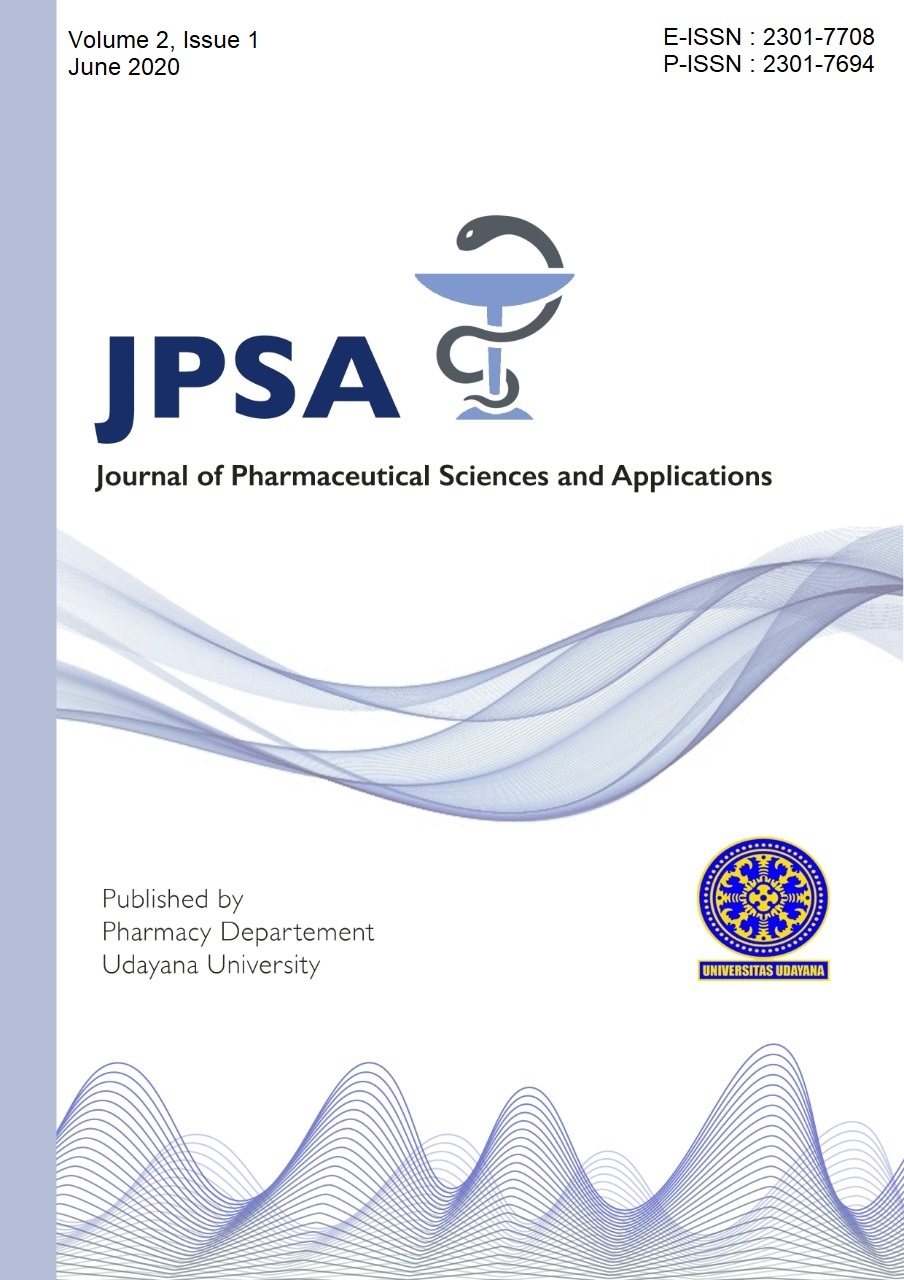THE EFFECT OF LAVENDER AROMATHERAPY ON DYSMENORRHOEA STUDENTS IN INSTITUTE OF HEALTH SCIENCE MEDICA PERSADA BALI
Abstract
Background: Menstrual pain (dysmenorrhoea) is a symptom characterized by discomfort in the abdomen during menstruation. Lavender aromatherapy is beginning to be sought as one of the non-pharmacological therapies because the use of NSAIDs is reported to cause many side effects. The main components of lavender, linalool (35%) and linalyl acetate (51%) are efficacious as analgesics and maximally absorbed through the skin. Objective: This study aims to determine the effect of lavender aromatherapy on the menstrual pain of female college students at the Persada Medika Institute of Bali. Methods: Quasy experimental with one group pre-posttest design. The study was followed by 38 female students with moderate to severe pain using the random sampling technique. Data were analyzed using the non-parametric Wilcoxon test with p <0.05. Results: The results prior to lavender aromatherapy showed moderate pain at 73.7% and severe pain 26.3%. After lavender aromatherapy was administered, they showed moderate pain at 21% and mild pain at 79%. The Wilcoxon test indicated that the value of p = 0,000, where p <0.05. Conclusion: There is an effect of lavender aromatherapy to decrease menstrual pain (dysmenorrhoea) of female college students at the Persada Bali Institute of Health Sciences.
Keywords: Aromatherapy Lavender, Dysmenorrhoea, Pain Scale, Linalool, Linalyl Acetate
Downloads
Authors who publish with this journal agree to the following terms:
Authors retain copyright and grant the journal right of first publication with the work simultaneously licensed under a Creative Commons Attribution License that allows others to share the work with an acknowledgment of the work's authorship and initial publication in this journal.
Authors are able to enter into separate, additional contractual arrangements for the non-exclusive distribution of the journal's published version of the work (e.g., post it to an institutional repository or publish it in a book), with an acknowledgment of its initial publication in this journal.
Authors are permitted and encouraged to post their work online (e.g., in institutional repositories or on their website) prior to and during the submission process, as it can lead to productive exchanges, as well as earlier and greater citation of published work. (See The Effect of Open Access).

This work is licensed under a Creative Commons Attribution 4.0 International License.


 HOME
HOME
















